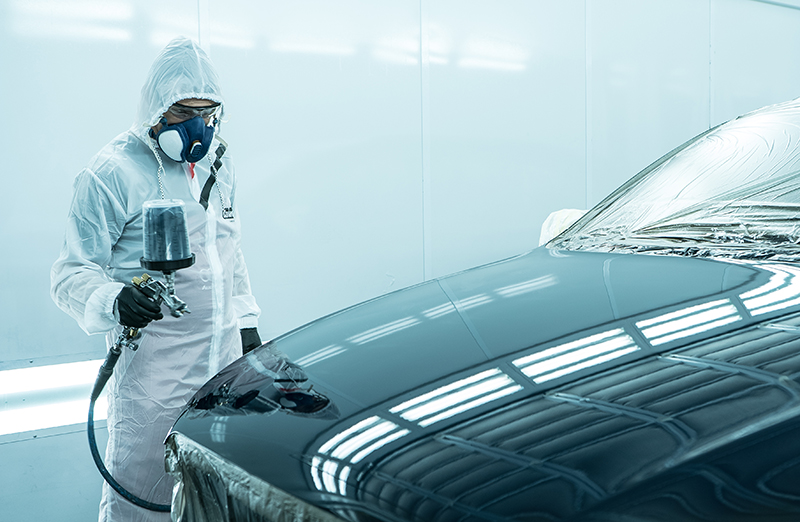
The Science Behind Successful Ceramic Coating Ventures
Introduction
In the realm of automotive aesthetics, ceramic coatings have emerged as a revolutionary advancement that not only enhances a vehicle’s appearance but also provides long-lasting protection. As car enthusiasts and professional detailers seek to offer the best in paint correction and protection services, understanding the science behind successful ceramic coating ventures becomes paramount. This article delves into the intricate world of ceramic coatings, elucidating the technology that drives their effectiveness, with a special focus on the crucial aspect of paint correction.
The Evolution of Ceramic Coatings
Ceramic coatings, often referred to as nano-coatings, are formulations based on nanotechnology that bond chemically with a vehicle’s paintwork. Developed initially for industrial purposes such as aerospace and electronics, the application of ceramic coatings in the automotive industry marked a significant leap in paint protection. The coatings are composed of nanoparticles, usually made of silicon dioxide or silica, suspended in a solvent. These nanoparticles create a strong molecular bond with the paint surface, forming a durable and hydrophobic layer.
The Science of Ceramic Bonding
The success of a ceramic coating venture lies in the science of molecular bonding. The nanoparticles in ceramic coatings form a chemical bond by sharing electrons with the molecules on the painted surface. This covalent bond ensures that the coating adheres securely to the paint, making it resistant to environmental contaminants, UV radiation, and even minor scratches. The hydrophobic nature of the coating results from the high density of nanoparticles, which leaves minimal room for water molecules to adhere to the surface. This not only keeps the vehicle cleaner but also aids in preventing water-induced damages such as water spots and mineral deposits.
The Role of Paint Correction
While ceramic coatings offer an impressive layer of protection, achieving optimal results necessitates proper paint correction prior to application. Paint correction is the meticulous process of removing imperfections such as swirl marks, scratches, and oxidation from the vehicle’s paintwork. The significance of paint correction in ceramic coating ventures cannot be overstated. A flawlessly corrected surface ensures uniform bonding of the ceramic coating, maximizing its effectiveness and longevity.
Synergy Between Paint Correction and Ceramic Coatings
The synergy between paint correction and ceramic coatings is a critical aspect of a successful venture. Paint correction not only enhances the visual appeal of a vehicle but also primes the surface for optimal ceramic coating adhesion. Removing imperfections at the microscopic level ensures that the coating forms a consistent layer, leaving no room for air pockets or uneven adherence.
Furthermore, paint correction addresses imperfections that, if left untreated, can lead to premature degradation of the ceramic coating. When a surface is inadequately corrected, contaminants and defects beneath the coating can compromise its integrity over time. By meticulously preparing the surface, paint correction establishes a foundation for the ceramic coating to perform at its best, providing extended protection and a stunning finish.
Conclusion
In the ever-evolving world of automotive detailing, successful ceramic coating ventures hinge upon understanding the intricate science behind these coatings and their interaction with the vehicle’s paintwork. The fusion of nanotechnology, molecular bonding, and meticulous paint correction ensures that the protective benefits of ceramic coatings are maximized. As professionals strive to offer the pinnacle of paint protection and enhancement, recognizing the symbiotic relationship between paint correction and ceramic coatings becomes essential. This knowledge not only elevates the quality of services but also maintains the allure of vehicles for years to come. Consider the tips of a detailer to maintain your ceramic coat.